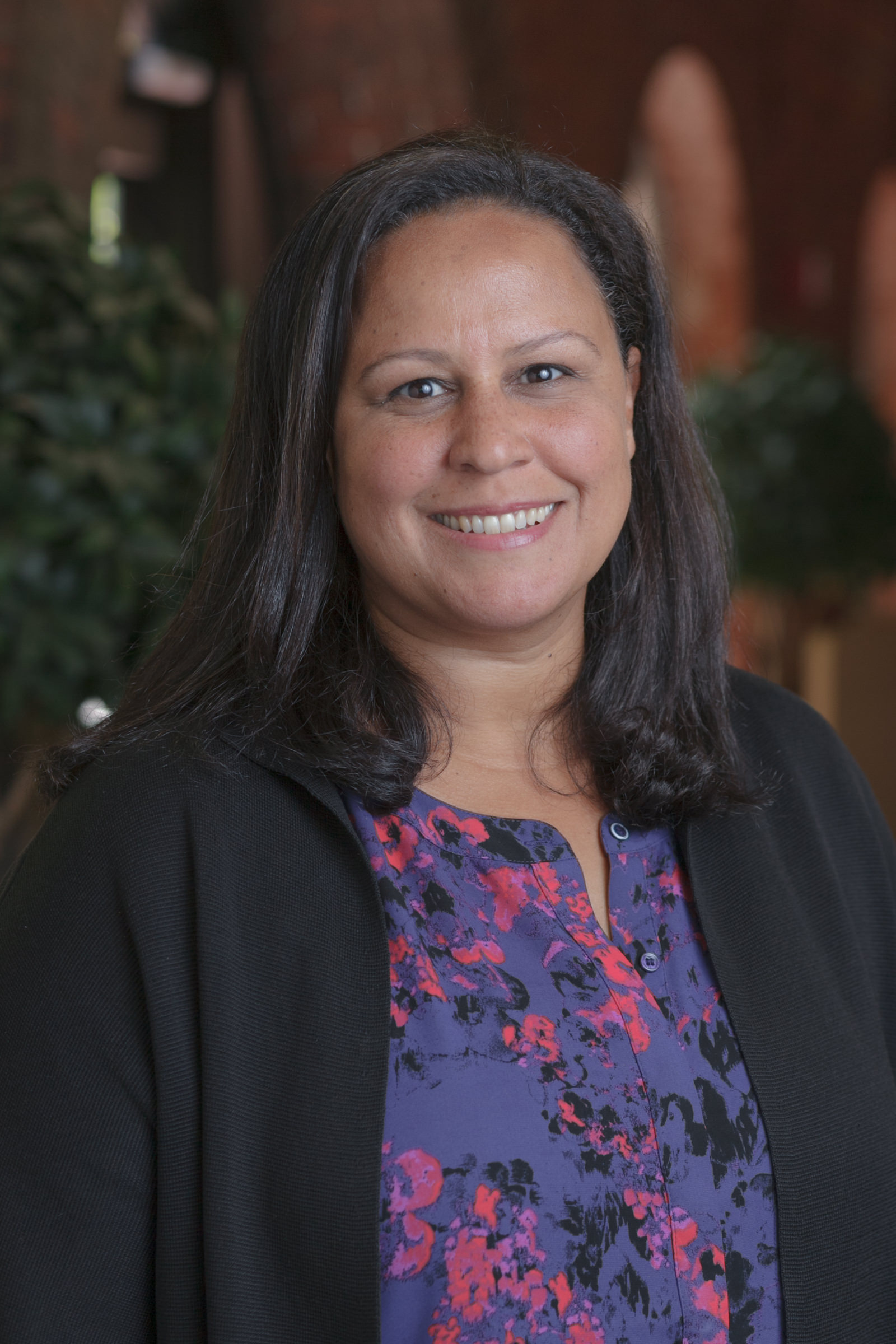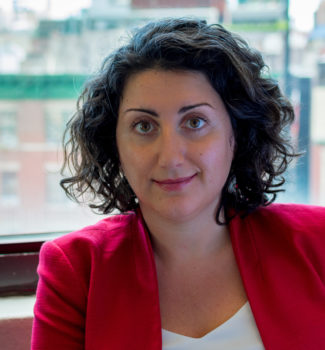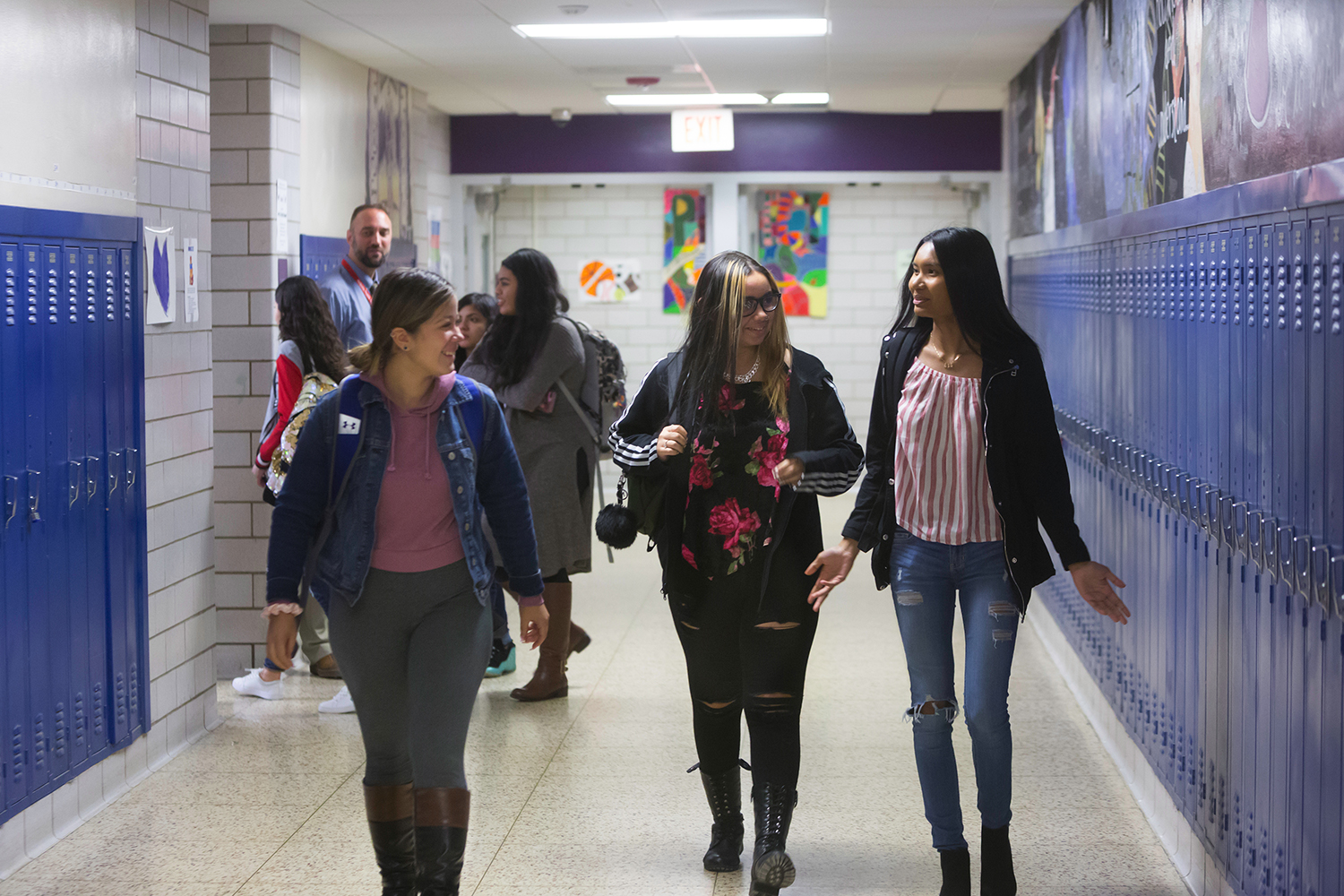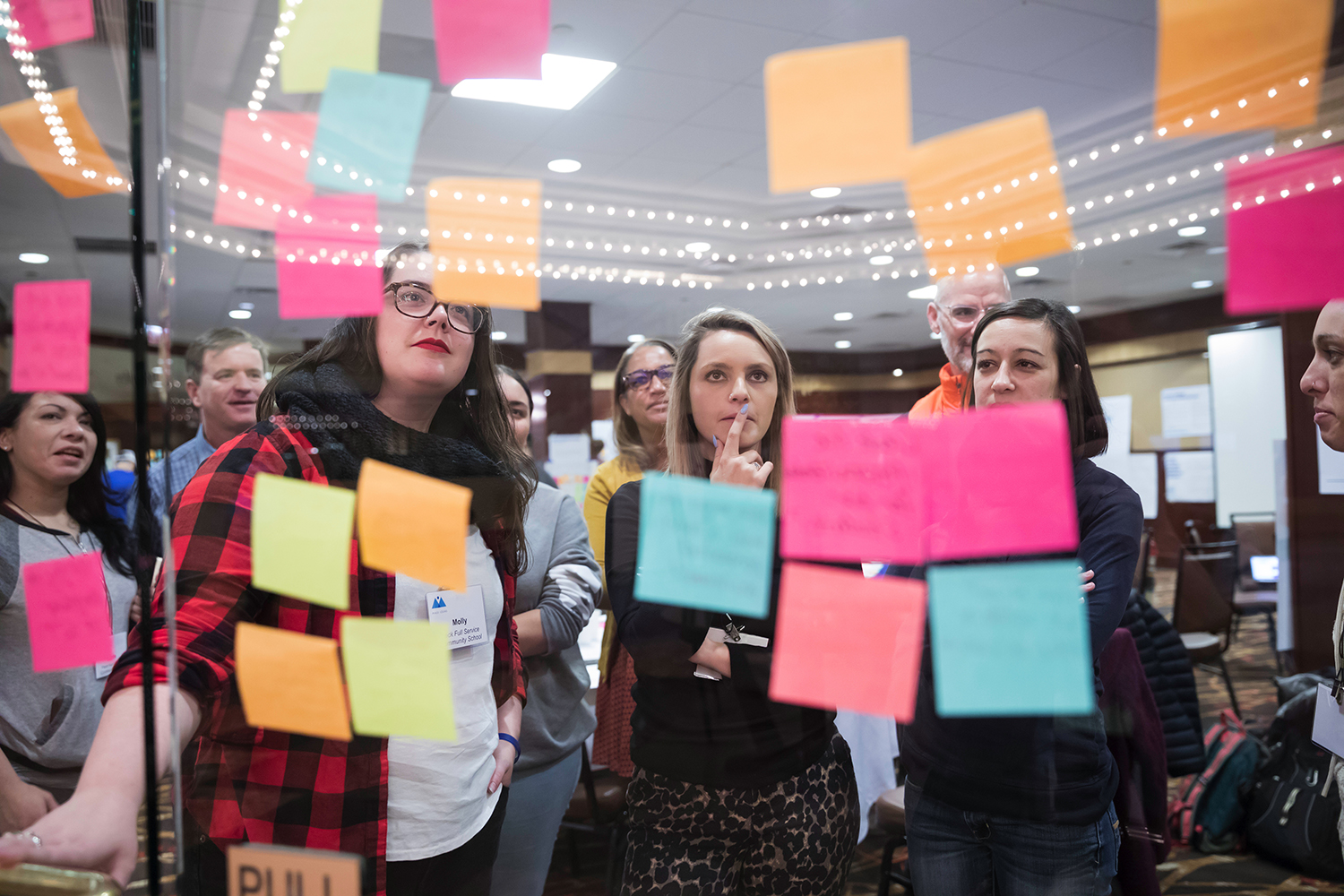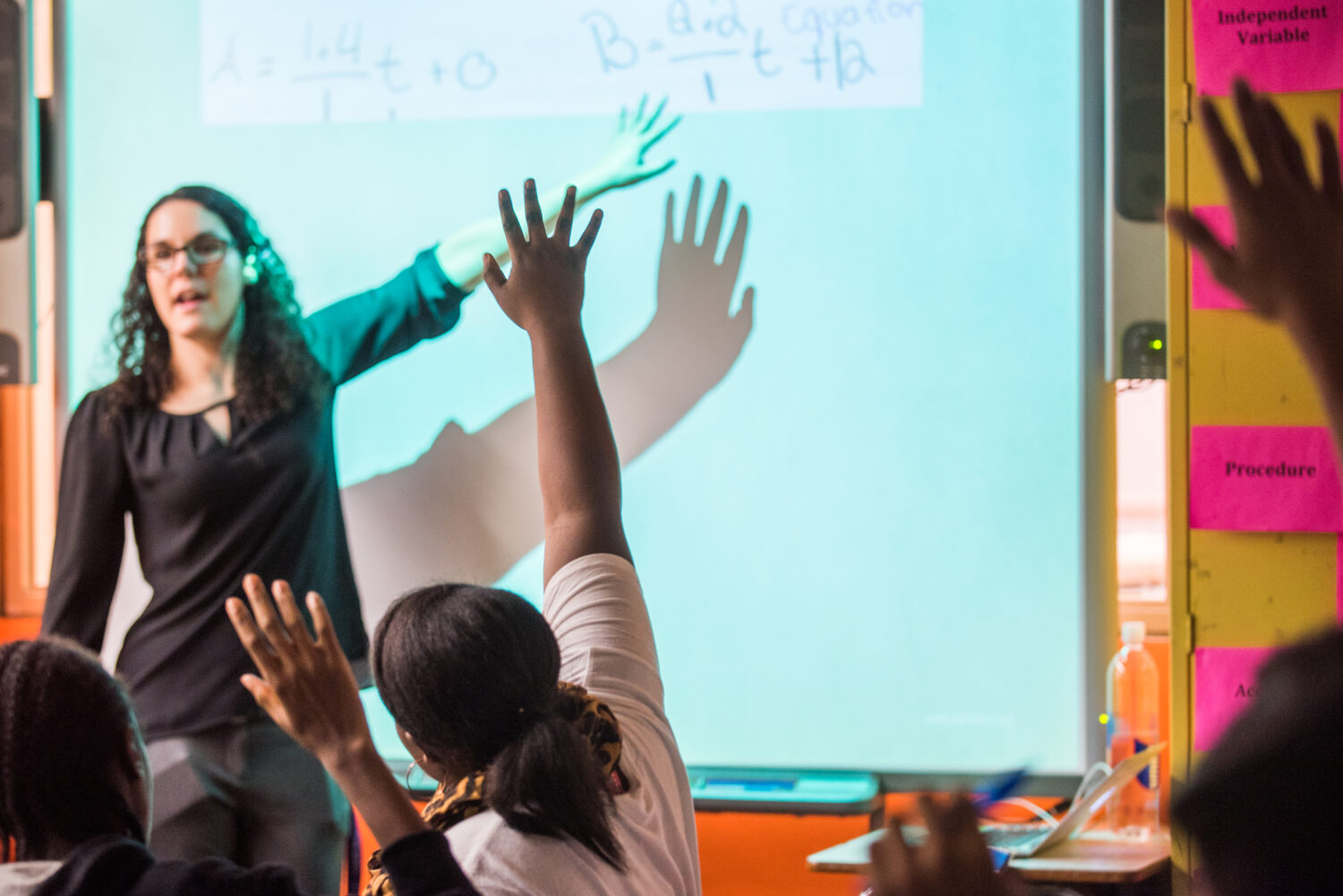Even before schools started reopening, some were already predicting this school year would be a loss, and that rampant inequities would only worsen.Yet, we take inspiration from school leaders who are stepping up, thinking outside the box, and creating high-quality learning experiences even now.
While the challenges are immense, there are also opportunities. We encourage educators everywhere to embrace new ways of doing school—not just as stop gap measures until we can return to “normal,” but as ways to transform our schools for the better for the long-term.
We know this is a big ask. Health and safety concerns loom large for teachers, students, and families. So do basic needs – ensuring students have access to healthy food, safe places to work, technology, and more. Schools are just starting to roll out virtual, hybrid, or in-person learning – all with new protocols, new ways of using technology, and great uncertainty about how everything will work. But we have seen what is possible. Our two organizations support high schools across New England and nationally that are doing school differently.
As we’ve talked to educators, we have been inspired by so much creativity and positive impacts. What are some doing right? There are many things, big and small. Yet, we’ve seen three key priorities we urge schools to embrace:
First, commit to forging deep, personal connections with every student.
Nearly every educator we spoke with this spring said the most important thing they did to regularly engage each student – so they could understand what each student needed and how to tailor support for them. We saw teachers meeting virtually, one-on-one with students on flexible schedules and providing academic support in many modalities. Some of our high school partners held weekly discussions with students about what they were experiencing with COVID, and amidst uprisings for racial justice. These forums allowed students to share their experiences, develop deeper relationships with adults and peers, and access both personal and academic supports. At one school, small teams of faculty members worked together to provide outreach and support for students facing different needs. For example, one team supported seniors navigating decisions about college, while another team conducted (socially distant) home visits to students who had not been responsive to other forms of outreach from the school.
Second, strengthen connections with families – through frequent, transparent, accessible communications.
We saw many schools embrace a new level of family-school connection. Many adopted regular virtual “town halls.” Some even held these weekly. These and other forms of virtual connection enabled parents to stay informed, to raise questions and concerns, and to be partners with their schools in shaping plans for reopening – all without the usual scheduling or travel-related constraints that always challenge families’ ability to participate in in-person meetings.
Third, redouble commitments to equity.
This spring, some students grappled not only with technology issues, but were also caring for siblings so their parents could work, struggling to find quiet places to study or a decent internet connection. In Boston Public Schools last spring, one in five students never logged in a single time to virtual school. Meanwhile, other students enjoyed private study spaces, fast and reliable internet, great technology, and school was their only responsibility. To close equity gaps, learning needs to be rigorous and relevant for students, and schools need good, reliable data on how students are doing. By connecting with every child and by staying in close communications with their families, schools can also design learning experiences that reflect the wide range of experiences student bring with them to school.
The stakes are high. Student learning is at risk and gaping inequities will only grow, unless we are intentional, creative, and flexible. It will not be easy. But let’s seize the opportunity of this once-in-a-generation disruption to do school differently and ensure it works for all young people.
This article originally published in Commonwealth Magazine under the title, “Don’t Let the School Year Go to Waste”.

